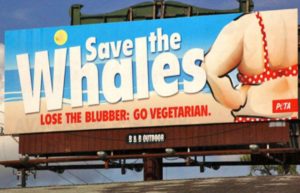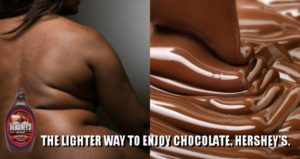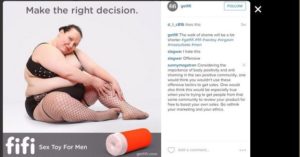Recently at the Cannes film festival, film executives and star, Chloe Grace Moretz, were under fire for a trailer cut for her new films “Red Shoes & the 7 Dwarfs.” The advertisement, executed by South-Korea based Locus Creative Studios shows a thin version of snow white being watched by two dwarfs as she undresses. The reveal is that once Snow White takes off her clothes, she becomes a heavier woman to the dwarfs surprise and dismay! Social media took offense to the ad accusing it for body shaming, prompting the Production Company, Lead Star and Creative team searching for apologies. A clip of the trailer is below:
https://www.youtube.com/watch?v=aUFNpUHu5dc
The Oxford dictionary defines body shaming as: the action or practice of humiliating someone by making mocking or critical comments about their body shape or size. Body shaming is nowhere near a new topic. Going back to 1978 does not mark the beginning, however the infamous 1978 Hustler magazine cover certainly started a louder conversation for those opposed to body shaming.
The National Eating Disorder Association leads the fight against body shaming. Additionally, several celebrities have used their time and influence for the cause as well: Selena Gomez, Tyra Banks, Kelly Clarkson & Emma Stone have all used their platforms to support the shaming of body shaming.
American Eagle launched a tongue and cheek campaign displaying “real life” men in their underwear sharing their life stories. The men are purposely of all different colors, sizes and shapes. American Eagles narrative was that they are an inclusive brand and market to the humor aspect of their target market. American Eagle, realizing the humor and severity of the extreme situations of over eating, American Eagle doubled down on their investment in the campaign and ensured they will be viewed as responsible in their consumer relations, by donating $25k to the National Eating Disorder Association.
There is some research that suggests negative social effects from images of larger body types. Lin and McFerran (2016) did research around the Dove effect and the use of acceptance to larger body types. Supporting their claims was evidence from 5 different studies that suggested the acceptance of larger body types reduces motivation and ultimately discourages a healthier lifestyle
However, progressive thinking links unhealthy body images to distorted mis perceptions of body images perpetuated by social media addiction. The Press association (2014) reported a increase in mental health issues for girls between the ages of 16-24. 40-60% of elementary school girls reported concerns of weight (Smolak, 2011)Celebrity selfies, photo shopped or beautified photos, body augmentations (lips, breast and butt), enhanced facial features, coupled with the need for “likes”
What is clear, is the objectifying of women has existed in advertising since the beginning. Body shaming in advertising is somewhat of a newer concept within the last 50 years. Today, we are dealing with a more socially conscious, internationally informed and media savvy generation. Not only are the tools and mediums for change are at work, but the information and culture change is already happening. This blogger hopes that if social media becomes the mechanism for growth of body shaming, it will also become the medium for its destruction. As was the case with “Red Shoes & the 7 Dwarfs.” social media became the illness and the cure!
REFERENCES
https://www.nytimes.com/aponline/2017/05/31/us/ap-us-people-chloe-grace-moretz-.html
Lin, L., McFerran, B. (2016) The (Ironic) Dove Effect: Use of Acceptance Cues for Larger Body Types Increases Unhealthy Behaviors. Journal of Public Policy & Marketing: Spring 2016, Vol. 35, No. 1, pp. 76-90.
http://www.chainstoreage.com/article/american-eagle-debuts-tongue-cheek-campaign-mens-underwear
Sung, Y. , Lee, J. , Kim, E. , & Choi, S. (2016). Why we post selfies: Understanding motivations for posting pictures of oneself. Personality and Individual Differences, 97, 260-265.
Boon, S. and Lomore, C. (2001), Admirer-celebrity relationships among young adults.. Human Communication Research, 27: 432–465.
https://www.nationaleatingdisorders.org/blog/body-shaming-cyberbullying







8 Responses to BODY SHAMING IN MARKETING